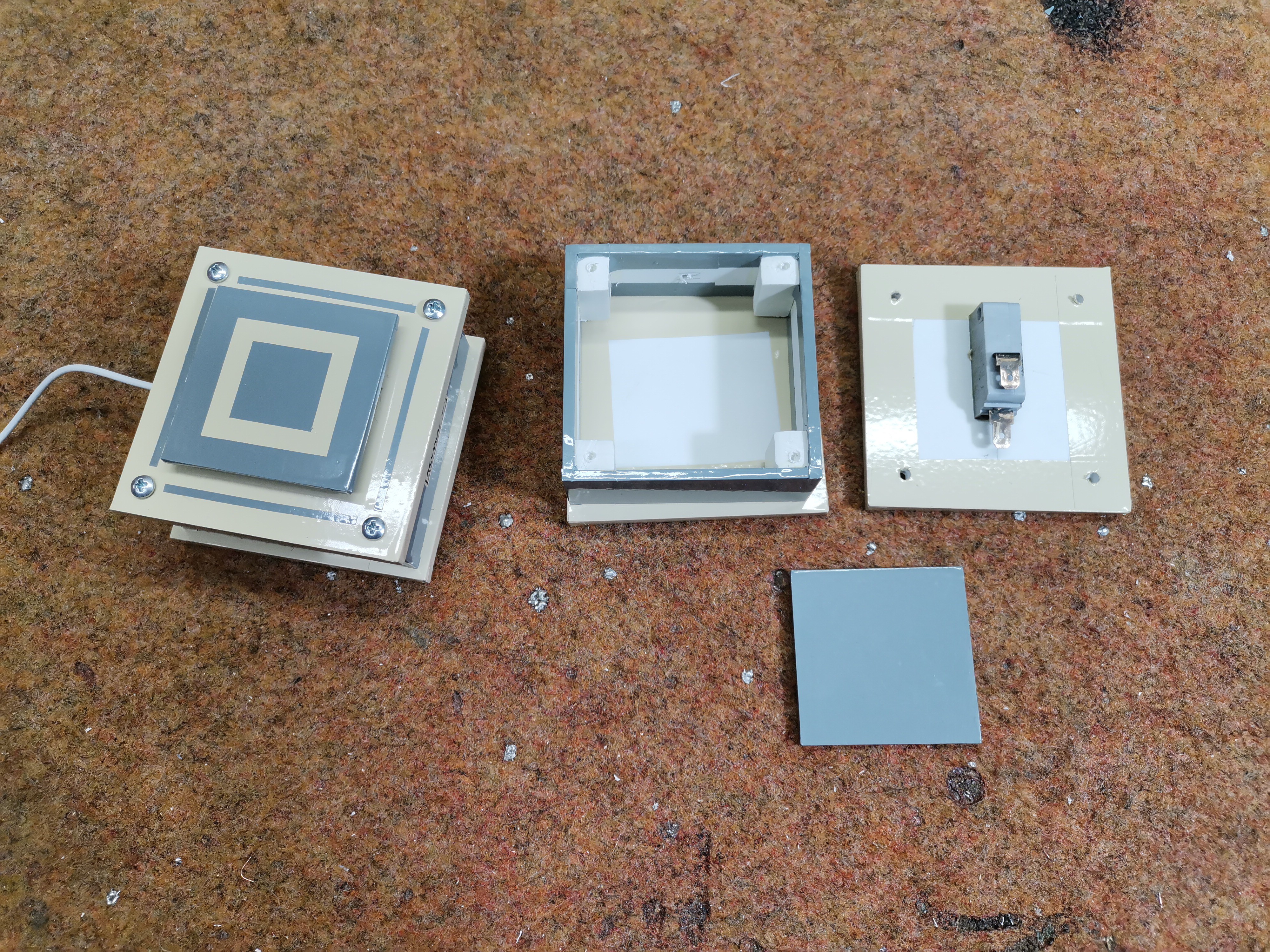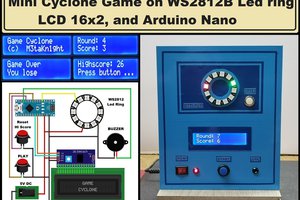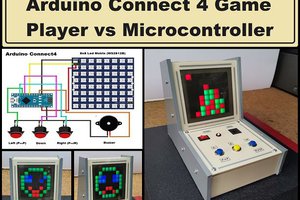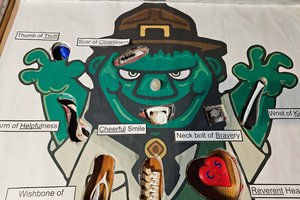Tug of War is an old game where two players pull on a rope, one player winning by pulling the rope far enough to their own side. Now this game is also known to the younger generations thanks to the mega-popular Korean TV series "Squid Game".
Get PCB Prototype Free Trial Order: https://www.pcbgogo.com/promo/from_MirkoPavleskiMK
Today I will show you how to make an electronic version of this game that is played on a homemade 8 on 8 Led Matrix. In this version, the two players press a button as fast as they can to pull the virtual rope to their side. The code is taken from the Andrew R McHugh GitHub page, and the hardware part differs in that the matrix is homemade and consists of 64 5mm LEDs. I also made two robust large Arcade buttons for a better gaming feel. I decided to make these custom buttons because I plan to use them later in my other projects, considering that they are really solid and great to play. In this case, I use the box from one of my previous projects, so the code is minimally modified.
The rules of the game are as follows:
Two players mash their buttons as fast as possible. When one player gets a point, the board flashes, and points to them with an arrow. When one player wins (first to three points), the board flashes and shows the number of the winning player (left = 1, right = 2). Music plays in the background, randomly generated from the E minor. Music speed increases as either player get closer to winning a point.

So, the device is relatively simple to make and contains only a few components:
- Arduino Nano microcontroller
- 8x8 Homemade Led matrix
- buzzer
- and Two buttons
On the link above you can order a PCB so the device would get a professional look.

First, we turn on the game and wait for two vertical lines to appear. At that point, each player has to push their button as fast as they can. The winner of the party is the player who will be the first to draw this line on his side. The winner of the party is the player who will be the first to draw this line on his side. Finally, the device is built into a suitable box made of PVC board with thicknesses of 3mm and 5mm and coated with self-adhesive colored wallpaper.

 mircemk
mircemk




 Steve
Steve
there are many ways. I just found this easy and fastest way. I can play it with kids also if I want, as there is an intense musical sound in the background. This is a very minor project which can be done without any programmings skills and now gambler can visit https://aussielowdepositcasino.com/best-payout-pokies/ site for best payout pokies. What it needs is a lot of imagination and creativity on the part of contestant or player. The goal is to conquer the display by either pulling vertically or horizontally. If a player manages to pull further than the halfway point, both directions are controlled simultaneously.